Ads play an important role in any kind of business. Whether it is creating brand awareness or persuading your audience to make a purchase, the right choice of ads can generate better revenue. As you search online, there are multiple types of advertising models available, but not all of them can serve your advertising goal. Hence you need to identify which type of advertising model works best for your business. In this blog, we have shared detailed insights to help you make this decision.
5 Types Of Advertising Model To Use In 2021
Social Media Advertising
Social media advertising refers to selling a product or service via popular social media platforms such as Instagram, Facebook, and more. This type of advertising has grown popular because almost everyone today has a social media account and people spend significant amounts of time on these platforms. Social media biggies especially Instagram and Facebook now offer dedicated features to run a business on their platform. All you need to do is sign in, create an account/page, and get started.
Pros:
- Social media isn’t expensive, in fact, it is free to sign up. You need to only pay for the campaigning activities you conduct.
- Social media covers a wider audience anywhere and at any time.
Cons:
- Building a brand on social media is consuming and may take a while to gain the momentum. You need to define your target audience, do simple, distinct messaging, and weave a story around the benefits of your products and services.
- Without professional expertise, social media marketing can have a negative impact on your business and brand. And the fixing could be even more time-consuming and difficult. Working with a professional social media ads agency can mitigate these challenges by providing expertise and data-driven strategies to enhance your brand’s performance.
Native Advertising
When you view a website, you will find a few articles or videos that are similar to the content shared on that website, this paid content is known as native advertising. All the ‘sponsored’ and ‘promoted’ posts are examples of native advertising. While many viewers consider this form of advertising deceiving, it does help to generate better ad revenue. Often found either on the corner or bottom of a web page, such ads have similar attributes that had brought the user to the specific website in the first place, and hence users find these ads tempting.
Pros:
- Native ads receive a high click-through rate because the ad content and visuals make the users curious and incite action
- As long as ads contain relevant information, capturing audience attention is not difficult.
Cons:
- As stated earlier, few users do find this type of ad deceiving hence these often get overlooked.
- Besides one major con of native advertising is the lack of performance measurability. Measuring the performance of native ads is a tedious process especially when multiple campaigns are involved.
Pay Per Click Advertising(PPC)
Pay-per-click advertising, often managed by a SaaS PPC agency, refers to the process where advertisers pay a fee whenever their ad has been clicked. Each click in PPC advertising means a lead and considered a potential customer.
Pros:
- The leads received are genuine or interested leads which mean advertisers are paying for valued leads only
- In case if a lead sees the ad but doesn’t click on it then advertisers don’t have to pay the fee.
Cons:
- Getting started with PPC can be difficult. It isn’t as easy as other types of advertising, but PPC for SaaS offers unmatched precision in reaching potential software customers. It is a tedious and time-consuming process.
- PPC campaigns need to be consistent which means if your campaign period ends, the PPC ads will disappear resulting in lower-traffic on your website.
Mobile Advertising
Mobile Advertising refers to placing ads on mobile devices to promote a product or service. Today everyone uses their smartphones to conduct multiple activities such as accessing information or making a purchase. If you haven’t started to make use of mobile advertising, you could be missing out on possible sales opportunities.
Pros:
- The outreach of mobile advertising covers a wider audience. Smartphones have become the go-to device that everyone uses to conduct multiple activities such as researching, shopping, and more.
- Mobile advertising can be targeted as per users’ geographic location and behavior. Hence mobile ad campaigns are often well directed and offer higher conversion potential.
Cons:
- When mobile advertising is being practiced, the process requires dedicated attention to avoid errors. In case there is an error spotted once the ad is displayed on the mobile device, it cannot be eliminated thereafter. One minor mistake can cause an irreversible revenue loss.
Broadcasting
Broadcast advertising is using broadcasting channels to display an ad. While this remains a common practice, it has become difficult for advertisers to understand the ad viewership. of their ad performance. However, with solutions like playout ensure tailored ads are displayed. With playout solutions, ads and content are stitched together hence increasing ad viewability.
Pros:
- With playout solutions, there is no option to skip ads hence ad viewability stays high
- With ad broadcasting, you cover a wider audience instantly.
Cons:
- Showcasing ads on broadcasting channels can be expensive, hence budget-conscious businesses wouldn’t find it feasible
- As stated earlier, measuring your ad performance on broadcasting channels can be difficult
Wrapping Up
You now have five different types of advertising to choose from to grow your business well using ads. It is also an ideal choice to make when you think of managing your ads. Investing in a reliable ad server serves the purpose. Ad server solutions such as Muvi Ads lets you host and deliver multi formats ads to websites and apps seamlessly across multiple platforms. They offer dedicated ad solutions that enhance your ad performance. Why don’t you try our 14-day free trial to understand better?
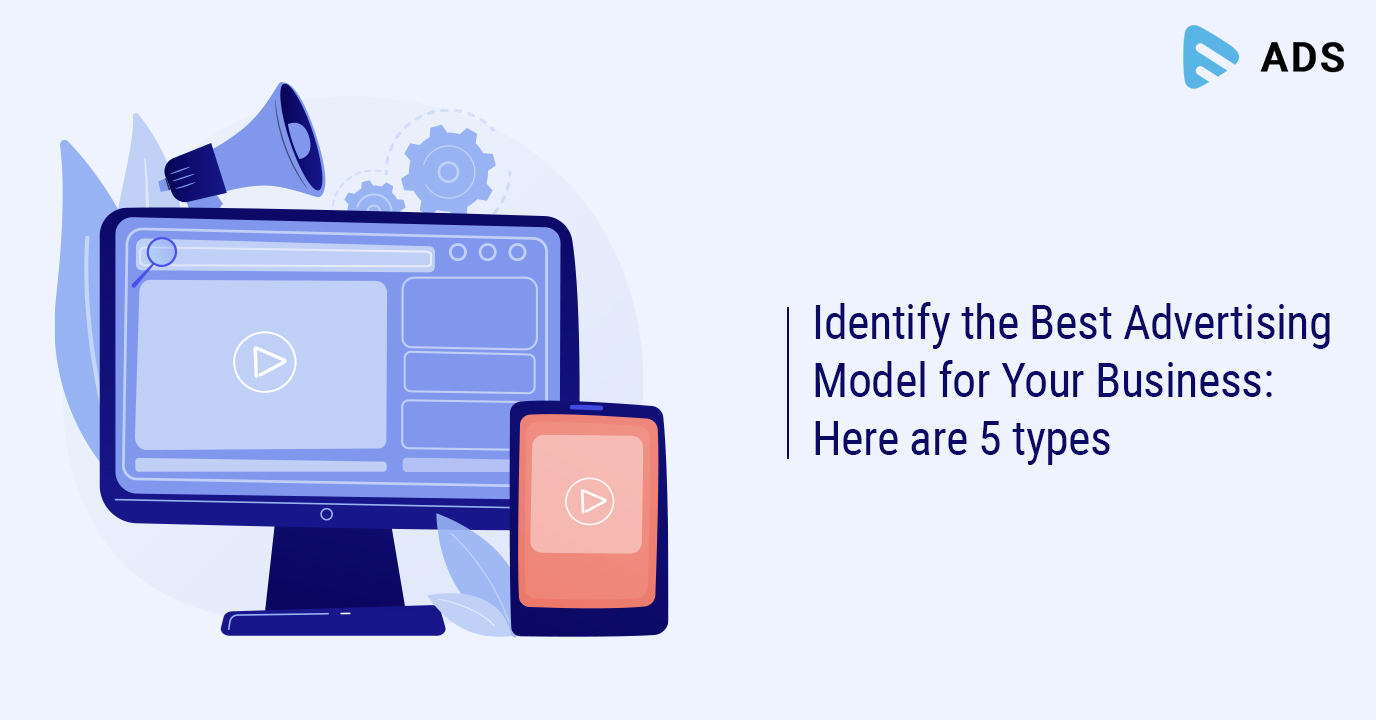


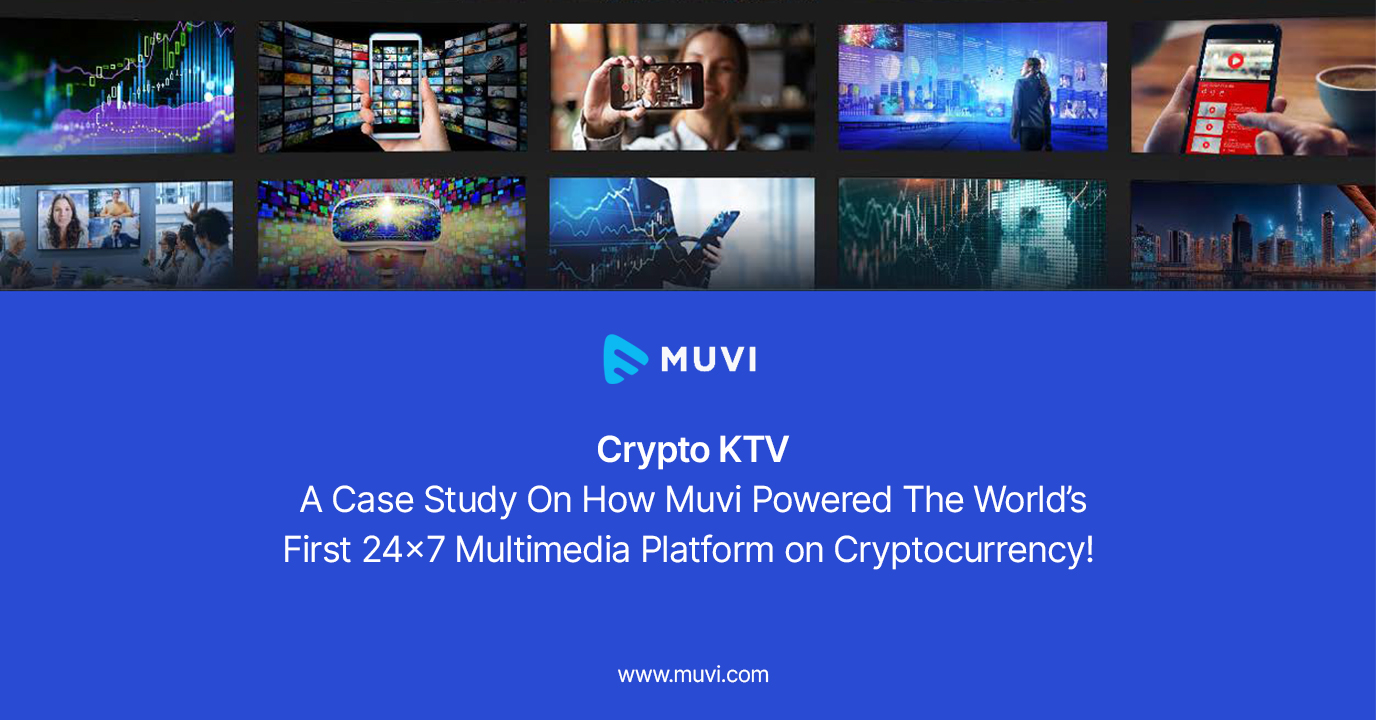
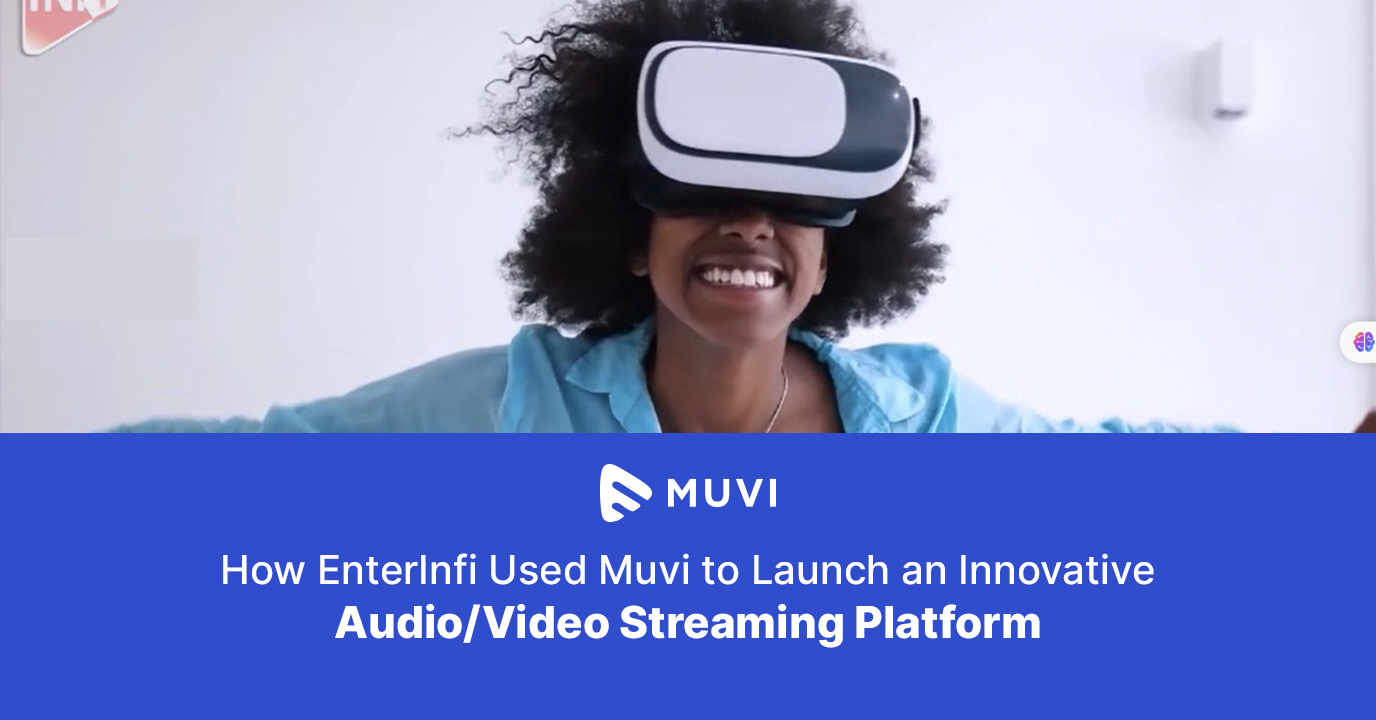
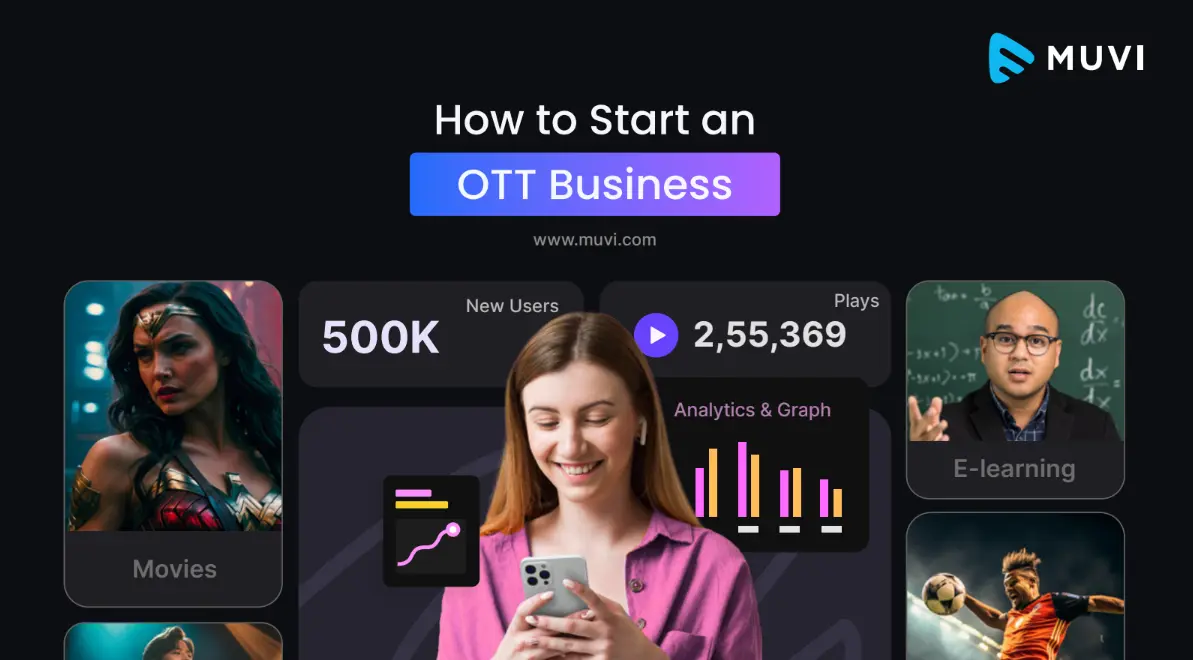
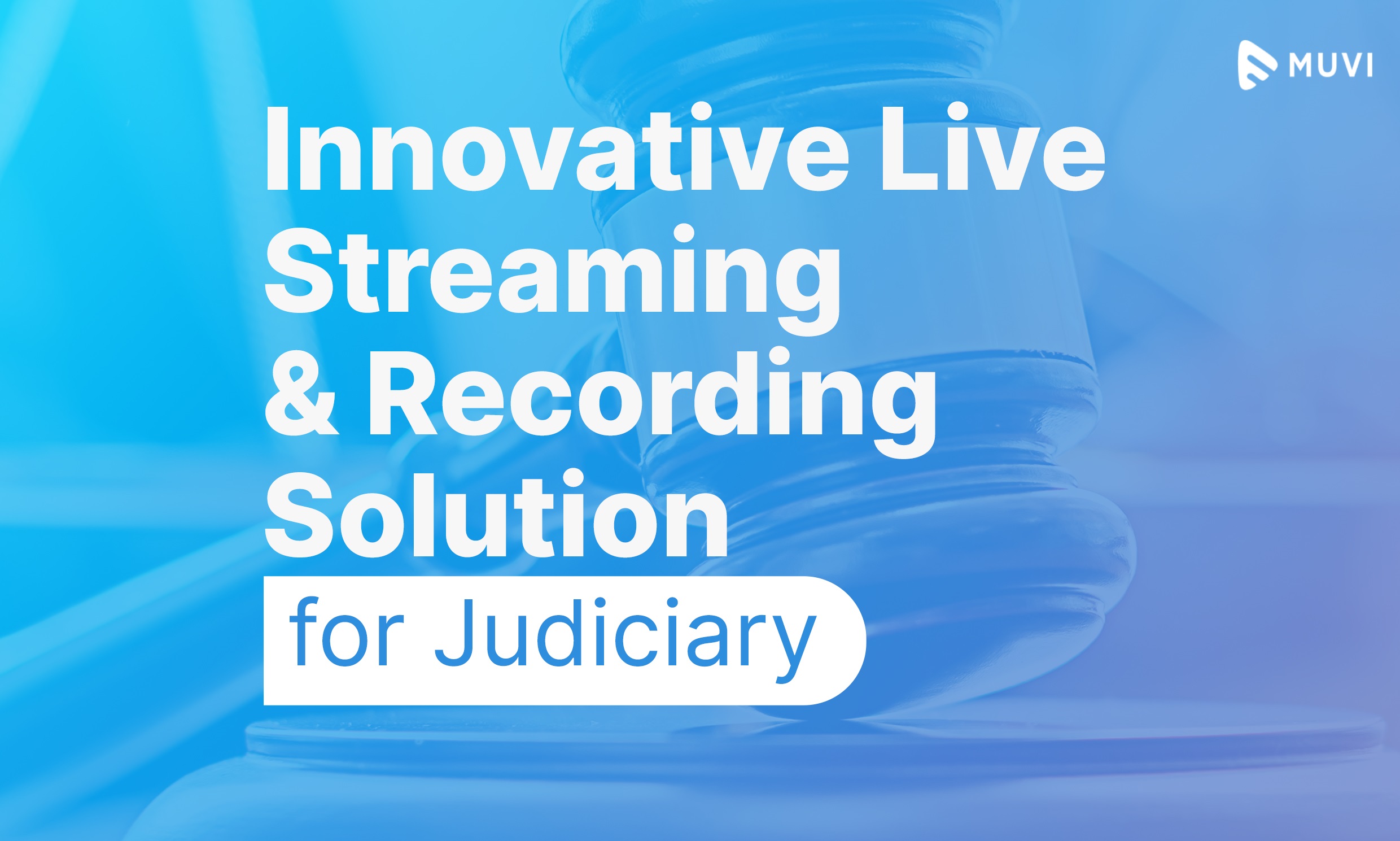
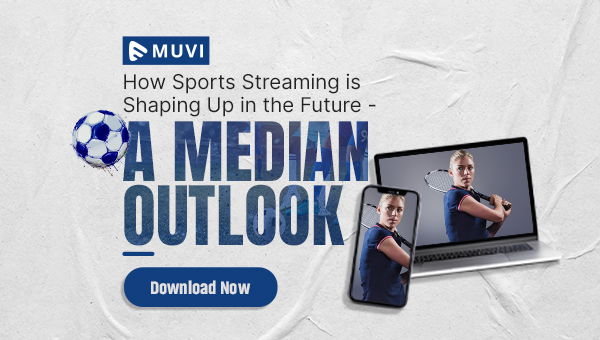
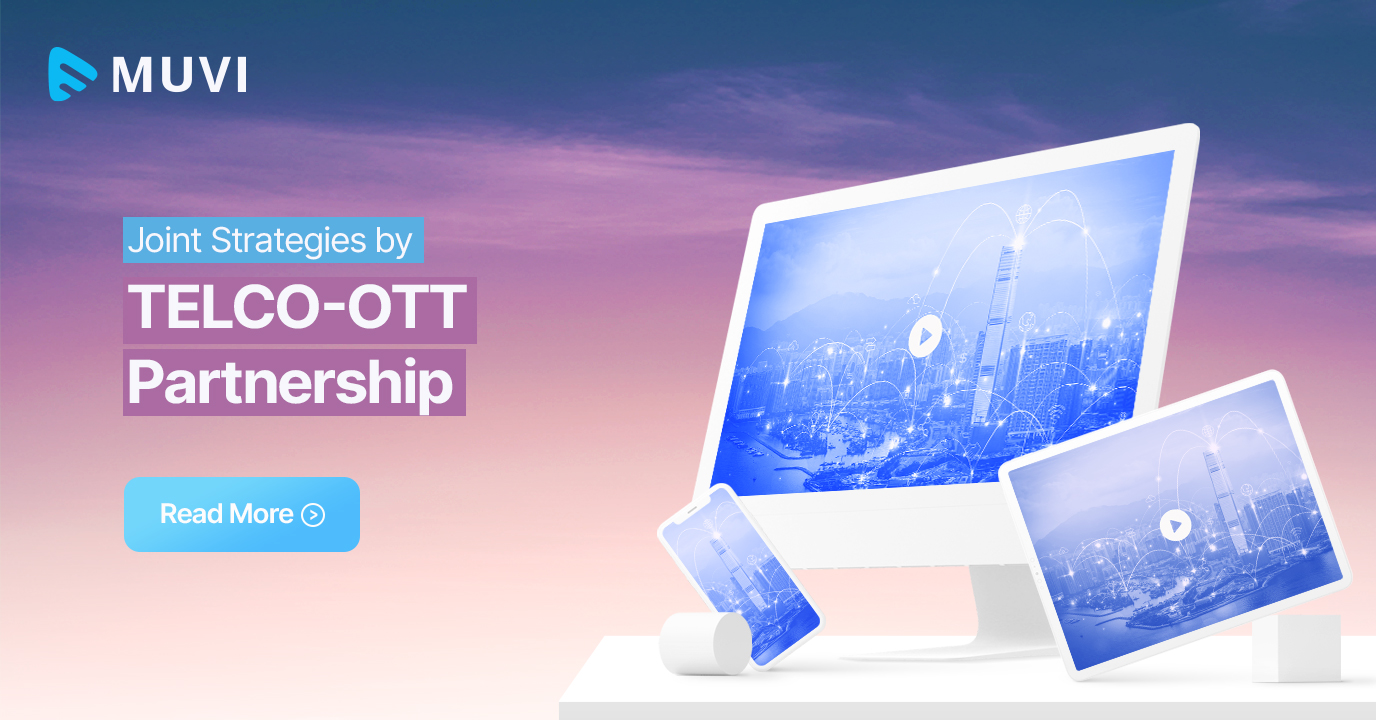
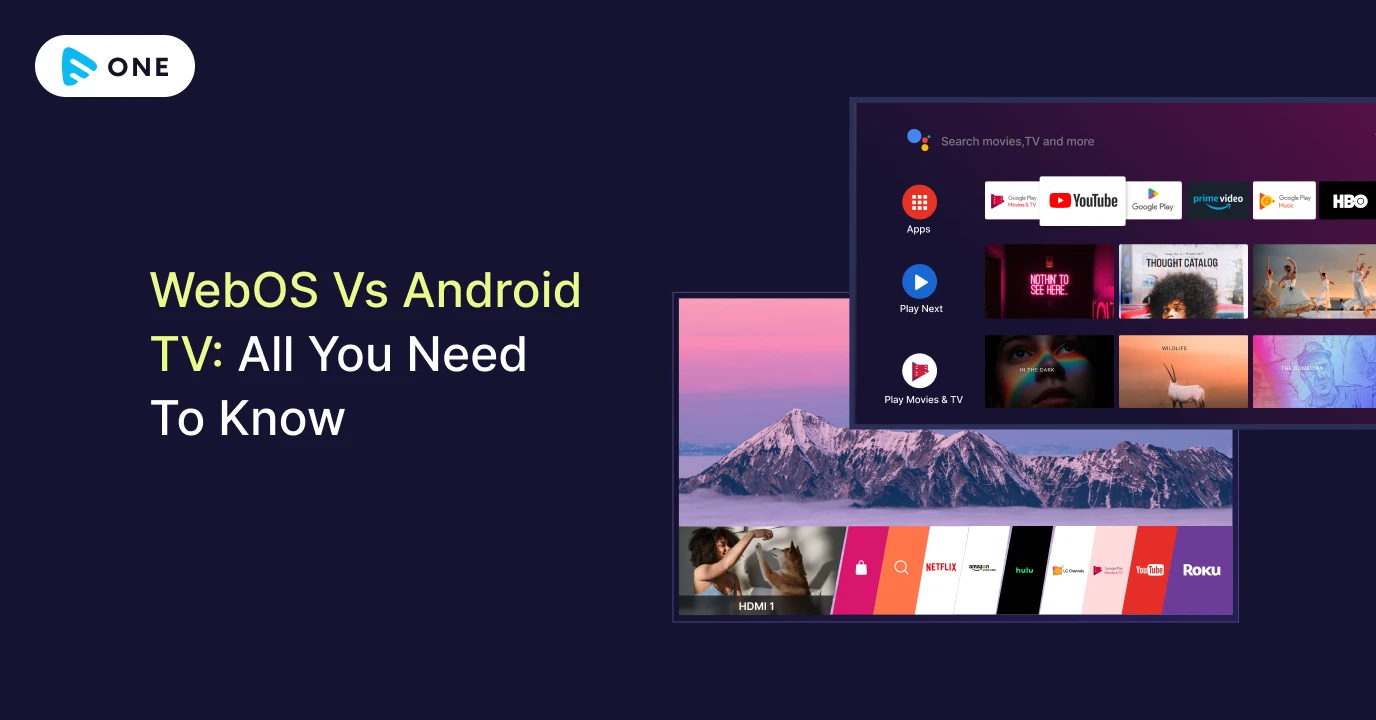

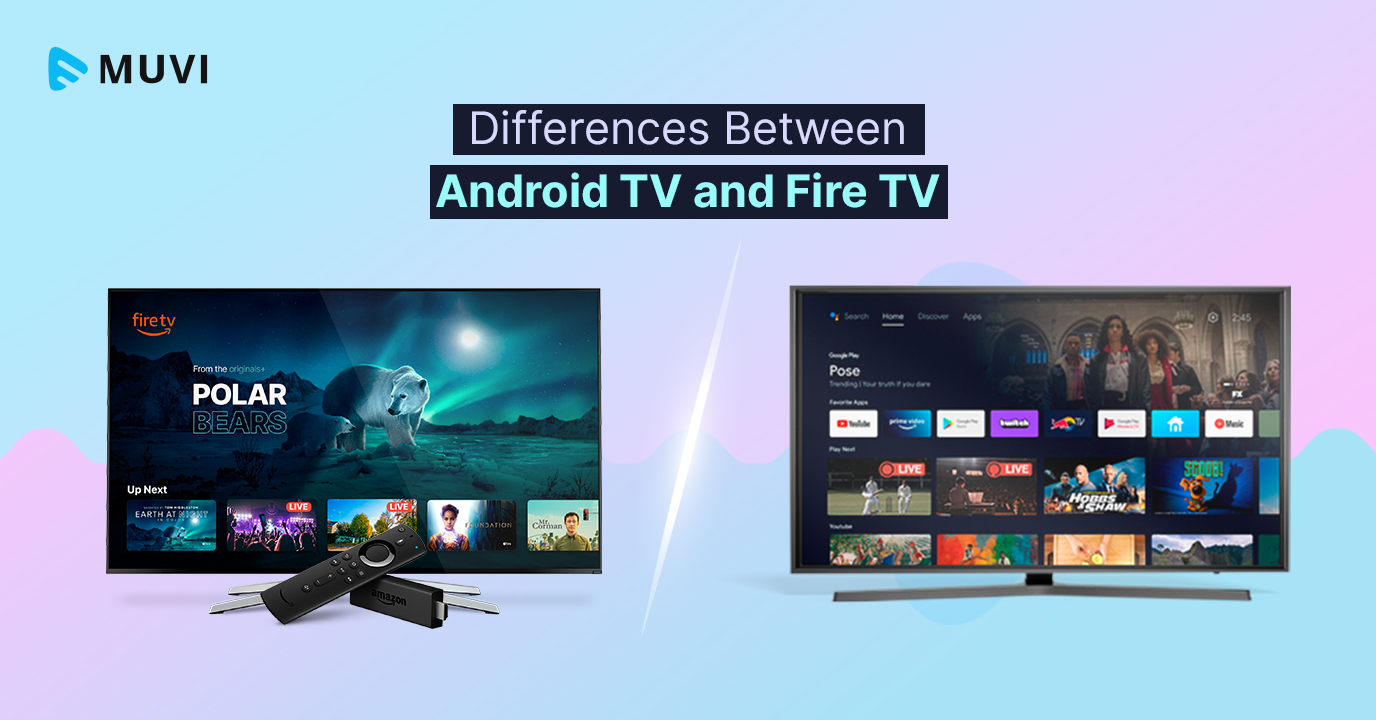



Add your comment